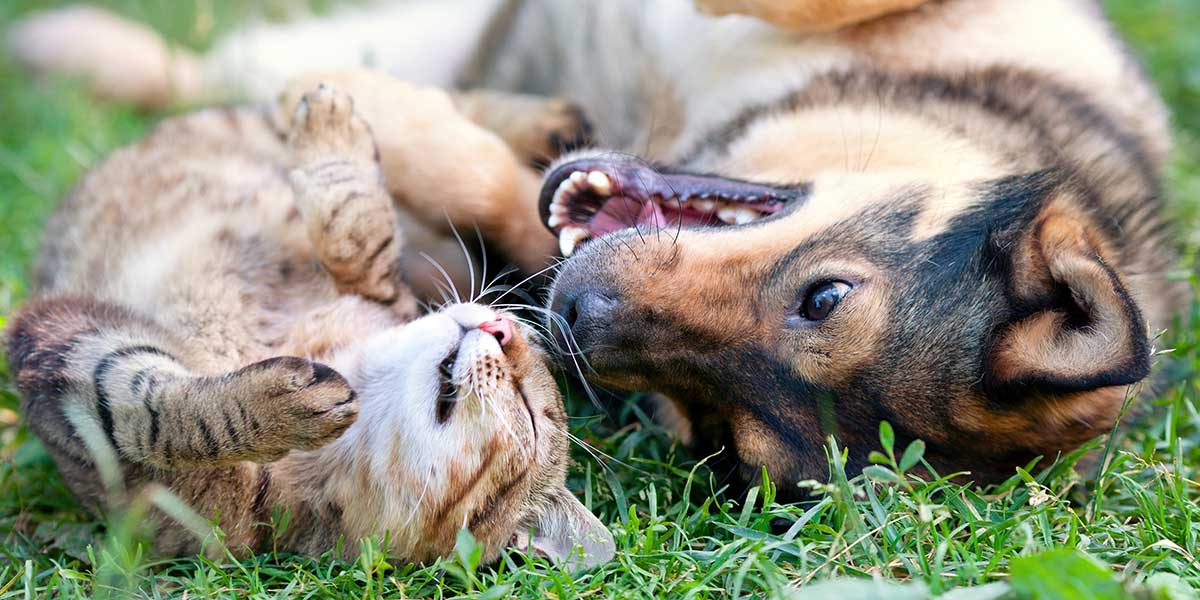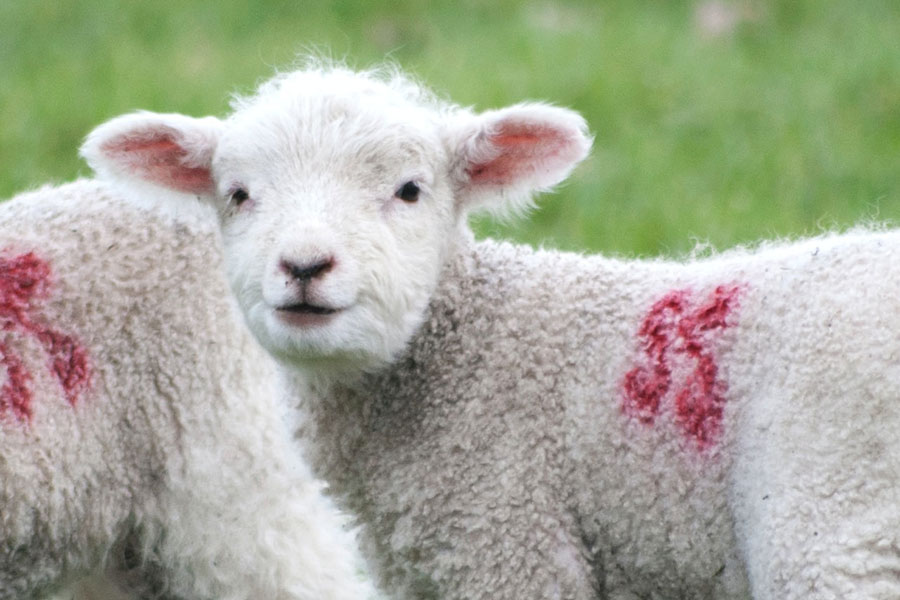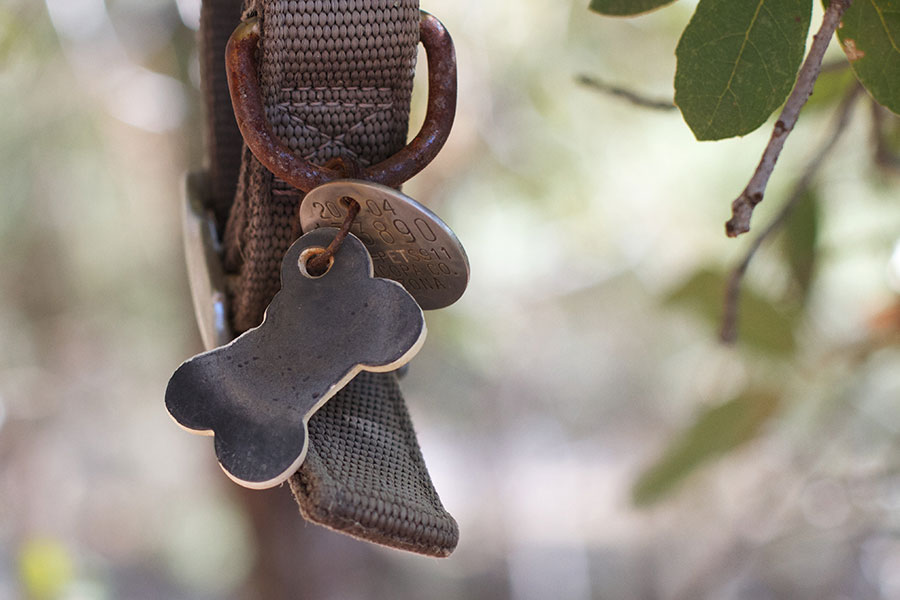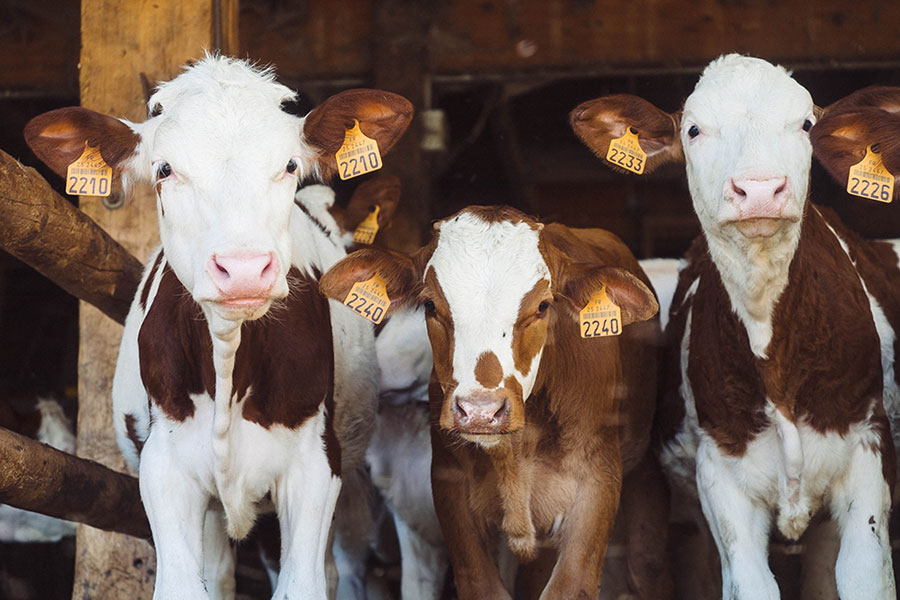As sheep (along with dogs) were among the first animals to be domesticated by human beings, it stands to reason that we have collectively accumulated a vast amount of information about raising and caring for these animals. For centuries this knowledge has been added to and passed down orally, from generation to generation. Then, with the advent of the printing press and the scientific method, our knowledge about the raising of sheep was able to be refined and preserved.
Like all ancient crafts, the raising and breeding of sheep is best learned by doing, in a hands-on manner, overseen by an experienced mentor. It does not lend itself well to pure book-learning by itself. And of the many different aspects of raising sheep, surely one of the most fraught and ticklish is the matter of lambing. Lambing, of course, is the act of a ewe (female sheep) giving birth to a baby lamb. A successful lambing season demands deep biological knowledge, familiarity with the personality of the ewe, the patience of a saint, and nerves of steel. Even then, so much can go wrong.
In that event, the sheep farmer—even the most seasoned—may find him/herself at the limit of their knowledge. If a trusted vet is not immediately available to assess the problem, it is up to the sheep farmer to solve it. The books listed below may be of assistance and should be ever-present in the sheep farmer’s barnyard library. Continue reading “5 Essential Books for Lambing Season”











